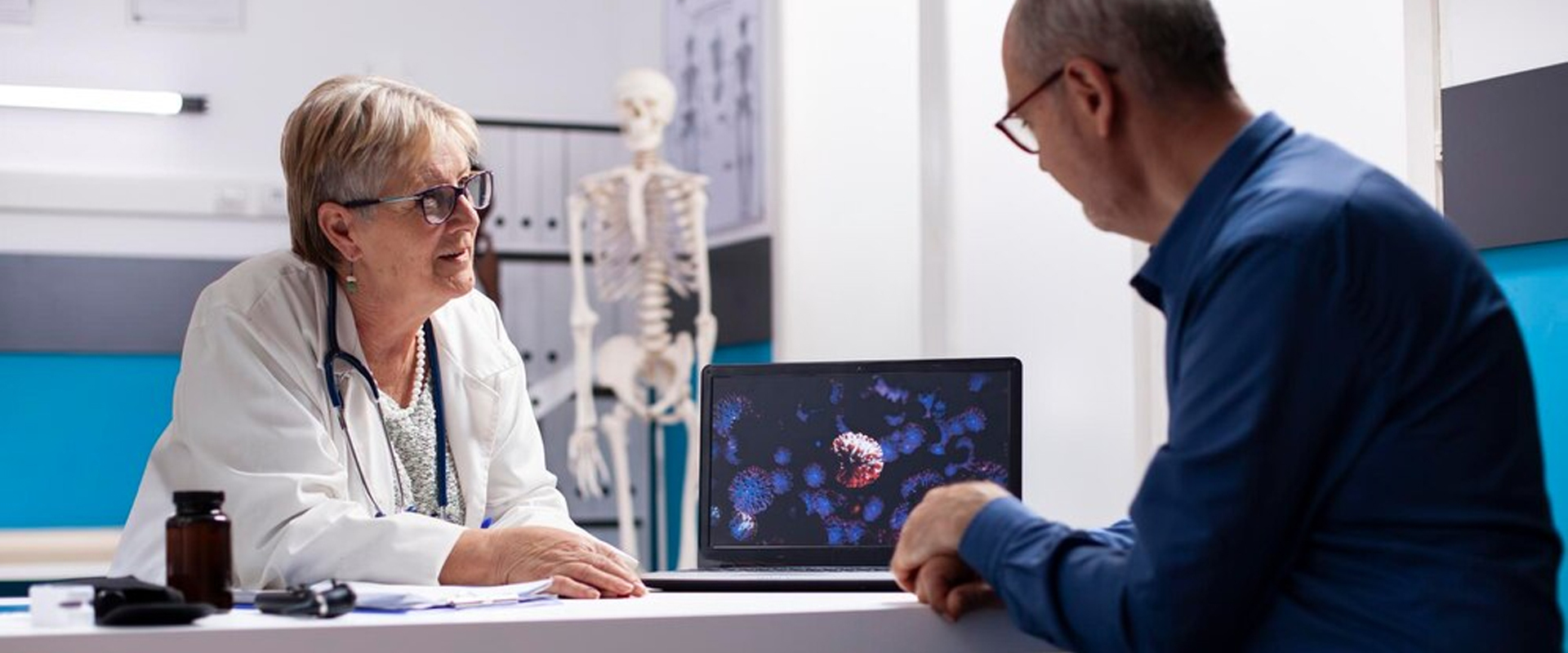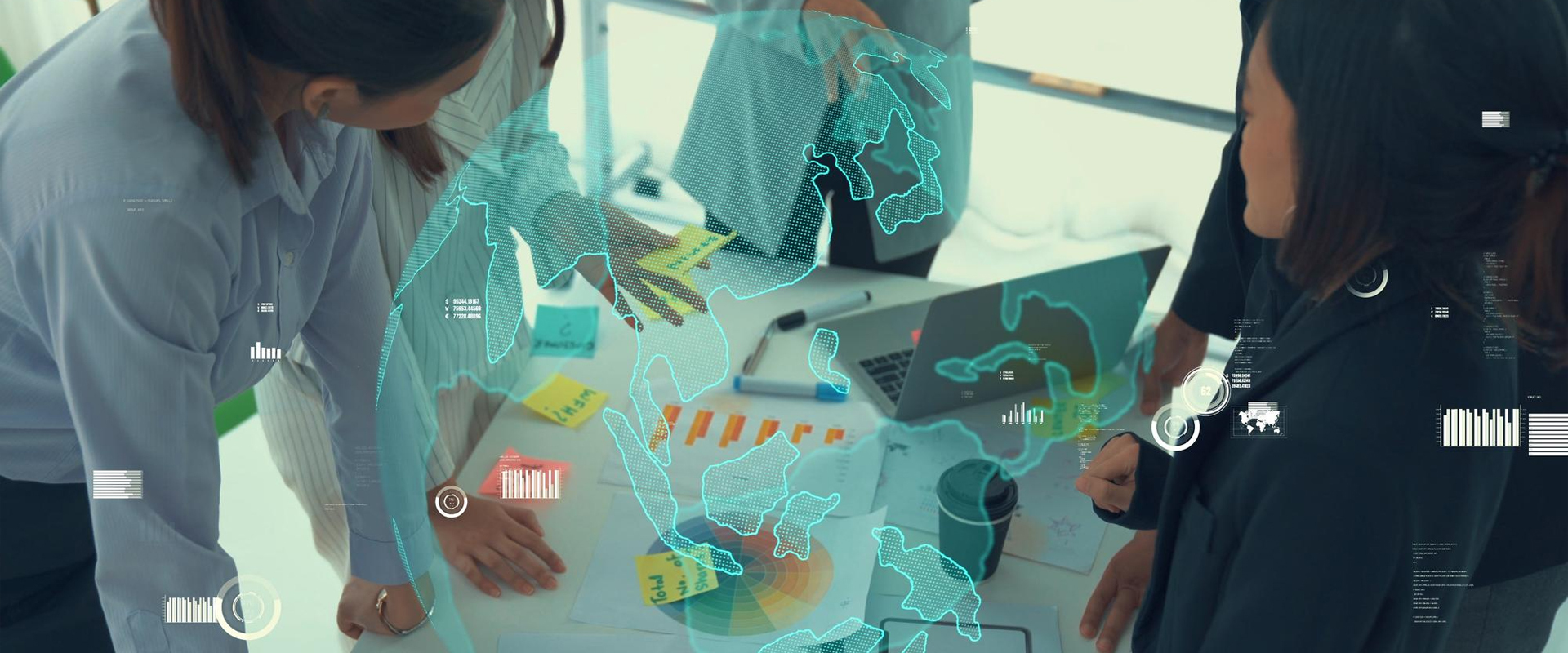

From Protocol to Participant: Streamlining Clinical Trials with Technology.
Last Updated on April 25, 2025
Clinical trials are essential for advancing healthcare, enabling the development of safe and effective treatments. However, traditional trials often face delays, high costs, and participant retention issues. Technology is transforming this process—streamlining recruitment, simplifying onboarding, enabling remote monitoring, and improving data accuracy—making trials faster, more efficient, and patient-friendly.
As the industry embraces digital tools like e-consent, mobile apps, telemedicine, and real-time data systems, the clinical trial experience becomes more accessible and inclusive. These innovations not only reduce the burden on participants but also empower researchers to conduct smarter, more adaptive, and patient-centered studies.
The Traditional Clinical Trial Model
In the traditional clinical trial model, everything often revolves around rigid protocols and strict schedules. Participants are expected to follow detailed instructions, attend regular in-person visits, and comply with complex treatment regimens. While this structure is important for maintaining consistency and accuracy, it can also be a barrier to participation. Many patients face challenges in fitting these demanding schedules into their daily lives, leading to frustration and, in some cases, dropouts.
Recruitment and Retention Challenges:
One of the biggest hurdles in traditional trials is patient recruitment and retention. Finding the right participants, especially for specific conditions, can take time and resources. Once enrolled, keeping participants engaged throughout the study is another major challenge. Many trials experience dropouts, either because patients are unable to commit to the schedule or simply lose interest due to a lack of communication and support. This can drastically affect the quality of the data and the overall success of the study.
Inefficient and Error-Prone Data Collection:
Speaking of data, traditional trials often rely on outdated or manual data collection methods. Patients may need to keep paper diaries or rely on on-site visits for monitoring, which can lead to errors, delays, and inaccuracies. This not only impacts the trial’s results but also creates unnecessary work for both researchers and participants.
Lack of Clear Communication:
Communication is another area where traditional trials often fall short. There can be gaps in information between researchers and participants. For example, patients may not always understand the trial’s objectives, progress, or even potential risks, leading to confusion and disengagement. In many cases, limited communication or unclear instructions can make participants feel like they’re just “subjects” in a study, rather than active partners in the process.
In short, while the traditional model has been effective in some ways, its rigid structure and lack of flexibility can make the process challenging for both patients and researchers. It’s clear that there’s a need for a more modern, patient-centered approach to clinical trials.
Technological Innovations in Clinical Trials
Technology is making clinical trials smarter, faster, and more patient-friendly. From enrollment to data collection, today’s tools are helping researchers work more efficiently while making the experience easier for participants. Let’s break down some of the key innovations reshaping clinical trials:
E-Consent and Digital Enrollment:
Say goodbye to stacks of paperwork and confusing jargon. With electronic consent (e-consent), participants can review and sign documents digitally—often from the comfort of home. This shift doesn’t just simplify the onboarding process; it also ensures patients actually understand what they’re signing up for.
Why it matters:
- Faster onboarding with fewer delays.
- Reduced risk of human errors.
- Interactive, easy-to-understand formats that boost comprehension and trust.
Telemedicine and Remote Monitoring:
Participants no longer need to travel back and forth for every consultation. Thanks to telehealth and remote monitoring devices, many study activities can now be done virtually. This makes it easier for people—especially those in remote areas or with mobility challenges—to participate in trials.
The benefits:
- More convenient and less disruptive to daily life.
- Real-time tracking of patient health metrics.
- Higher retention rates due to greater flexibility.
Mobile Applications:
Clinical trial mobile apps are doing more than just sending reminders. Today’s apps help participants track symptoms, log medications, complete surveys, and even chat with research staff.
Why it’s a game-changer:
- Keeps participants actively engaged.
- Improves adherence to trial protocols.
- Encourages real-time data entry, enhancing both the quantity and quality of collected information.
eSource Technology:
eSource is one of the most exciting developments in data collection. Instead of manually transcribing patient data, information is entered directly from devices or electronic health records into trial databases.
What that means:
- Less paperwork and fewer data entry errors.
- Faster access to accurate, up-to-date information.
- Streamlined data management for both researchers and sponsors.
Together, these technologies are transforming how trials are conducted—from start to finish. They don’t just speed things up—they make the entire process more human-centered and accessible, which is exactly what modern clinical research needs.
Data Management and Analysis
Data is the backbone of any clinical trial—but it’s not just about collecting numbers. It’s about collecting the right data at the right time and making sure it’s safe, organized, and easy to analyze. That’s where technology really shines.
Real-Time Data Collection:
Gone are the days of waiting weeks—or even months—for paper forms to be processed. With wearable devices, mobile apps, and remote monitoring tools, researchers can now gather real-time data directly from participants.
Why this matters:
- Continuous tracking gives a fuller picture of patient health.
- Any irregularities or safety concerns can be flagged immediately.
- Researchers can make quicker, more informed decisions throughout the trial.
It’s a big step forward from the traditional model where everything was reviewed after the fact.
Data Security and Privacy:
Of course, with all this digital data flying around, privacy becomes a top priority. Patients need to trust that their information is safe—and rightfully so.
What’s being done:
- Platforms used in clinical trials are built with strong encryption and access controls.
- Compliance with global standards like HIPAA (in the U.S.) and GDPR (in the EU) helps protect sensitive data.
- Regular audits and cybersecurity protocols ensure everything stays secure.
Together, real-time data and secure management systems help researchers work faster, smarter, and more transparently—paving the way for more accurate results and better patient outcomes.
Future Trends in Clinical Trial Technology
The clinical trial world is evolving fast—and the future looks even more tech-powered. As innovation continues, we’re seeing some exciting trends that could reshape how trials are designed, managed, and experienced by patients.
AI, Machine Learning, and Predictive Analytics:
Artificial Intelligence (AI) and machine learning are becoming powerful tools in trial design and management. They can analyze large datasets in seconds, identifying patterns and predicting outcomes that would take humans weeks—or longer—to uncover.
How this helps:
- Smarter trial design with better patient matching.
- Predicting dropouts or adverse reactions before they happen.
- Streamlining site selection and resource allocation.
In short, AI can make clinical trials more targeted, efficient, and cost-effective from start to finish.
Decentralized Trials and Global Recruitment:
Decentralized clinical trials (DCTs) are gaining traction—and for good reason. By minimizing in-person site visits and using digital tools for remote participation, these trials make it easier for patients from different backgrounds and regions to take part.
Why this matters:
- Expands access to underrepresented populations.
- Speeds up recruitment.
- Reduces participant burden, boosting retention.
As more sponsors embrace this model, global and more inclusive trials will become the norm rather than the exception.
Real-Time Feedback and Adaptive Trial Protocols:
Imagine a trial that adjusts itself in real-time based on how patients are responding. That’s the promise of adaptive trial protocols powered by real-time patient feedback.
What’s changing:
- Patients can share symptoms, experiences, and side effects instantly.
- Researchers can tweak dosages or study arms mid-trial.
- Trials become more responsive and patient-centered.
This flexibility leads to safer, more effective treatments—and makes patients feel like true partners in the process.
Conclusion:
In conclusion, technology is transforming clinical trials by making them faster, more efficient, and more patient-focused. From digital enrollment to real-time data and adaptive protocols, these innovations are reshaping research for the better. As we move forward, tech-driven trials promise safer, smarter, and more inclusive advancements in healthcare.





